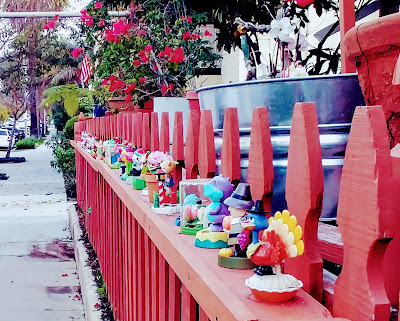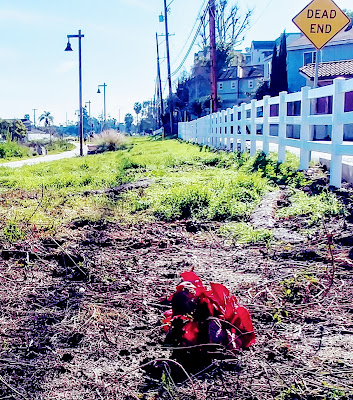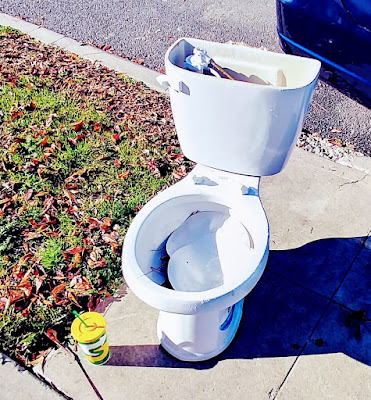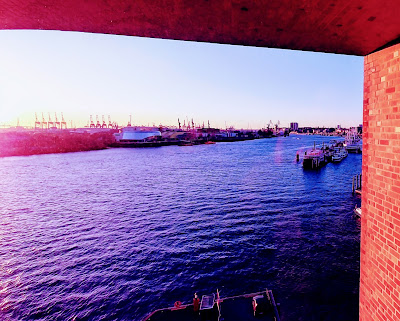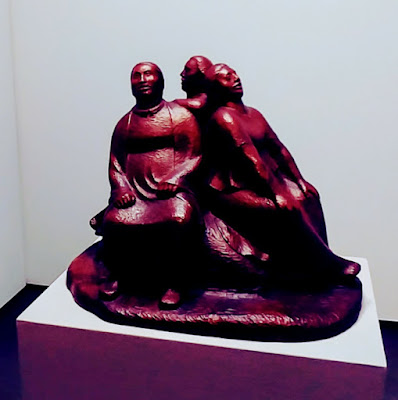From Arendt's "Eichmann"
Throughout the trial, Eichmann tried to clarify, mostly without success, this second point in his plea of “not guilty in the sense of the indictment.” The indictment implied not only that he had acted on purpose, which he did not deny, but out of base motives and in full knowledge of the criminal nature of his deeds. As for the base motives, he was perfectly sure that he was not what he called an innerer Schweinehund, a dirty bastard in the depths of his heart; and as for his conscience, he remembered perfectly well that he would have had a bad conscience only if he had not done what he had been ordered to do—to ship millions of men, women, and children to their death with great zeal and the most meticulous care. This, admittedly, was hard to take. Half a dozen psychiatrists had certified him as “normal”—“More normal, at any rate, than I am after having examined him,” one of them was said to have exclaimed, while another had found that his whole psychological outlook, his attitude
